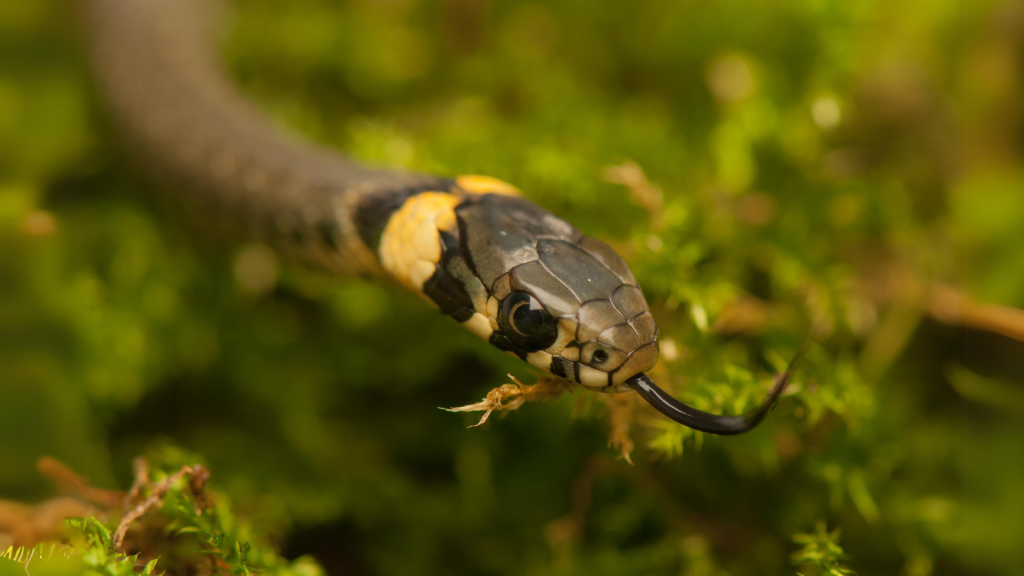Grass snakes are fascinating creatures that slither through our gardens and countryside, often unseen. These non-venomous reptiles are the largest snakes native to Britain, yet many people know little about them. From their unique defence mechanisms to their impressive swimming abilities, grass snakes are super-interesting. I’m lucky enough to live in a pretty rural area, so grass snakes (and adders) are fairly common sights in the warmer months. I’ve also encountered a few on my allotments over the years (and even rescued one that had gotten itself all tangled in come fruit cage netting), but mostly they avoid contact with humans as much as possible.
Masters of Aquatic Life
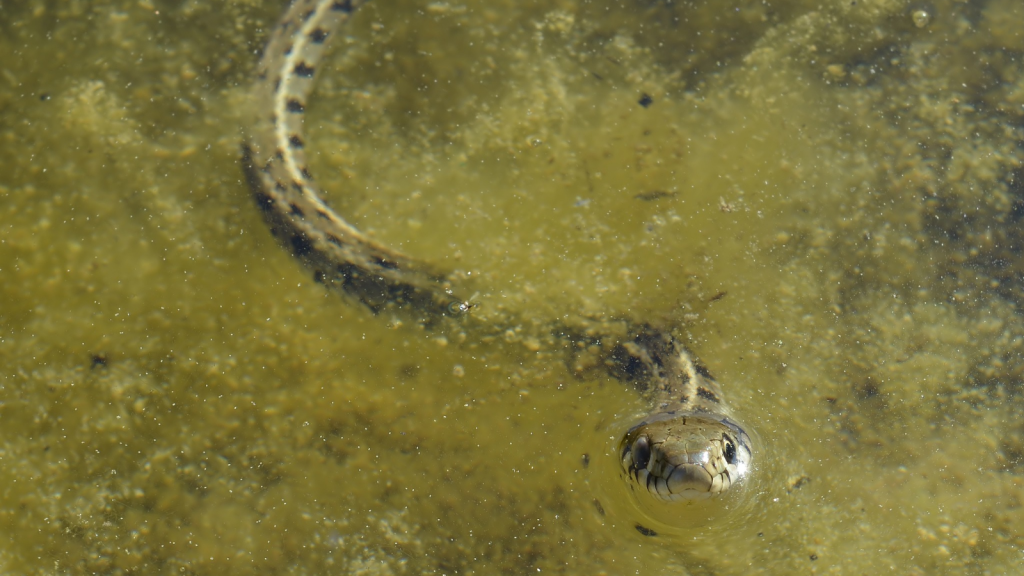
Grass snakes are excellent swimmers and can stay underwater for up to 30 minutes. They often hunt for prey in ponds and streams, using their keen eyesight to spot frogs and fish. In fact, grass snakes are so comfortable in water that they’re sometimes called ‘water snakes’. Their nostrils can close underwater, allowing them to dive and swim with ease.
Harmless to Humans
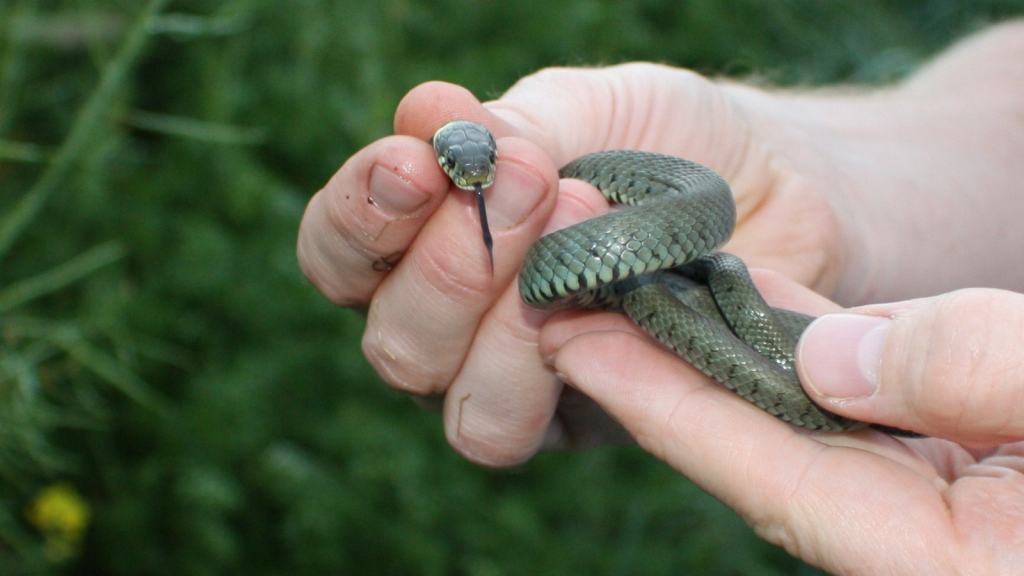
Despite their size, grass snakes pose no threat to humans. They have no venom and rarely bite, even when handled. Instead, they rely on camouflage and speed to avoid predators, including humans. If cornered, they’re more likely to play dead or release a foul odour than attempt to bite.
Smell-Based Defence
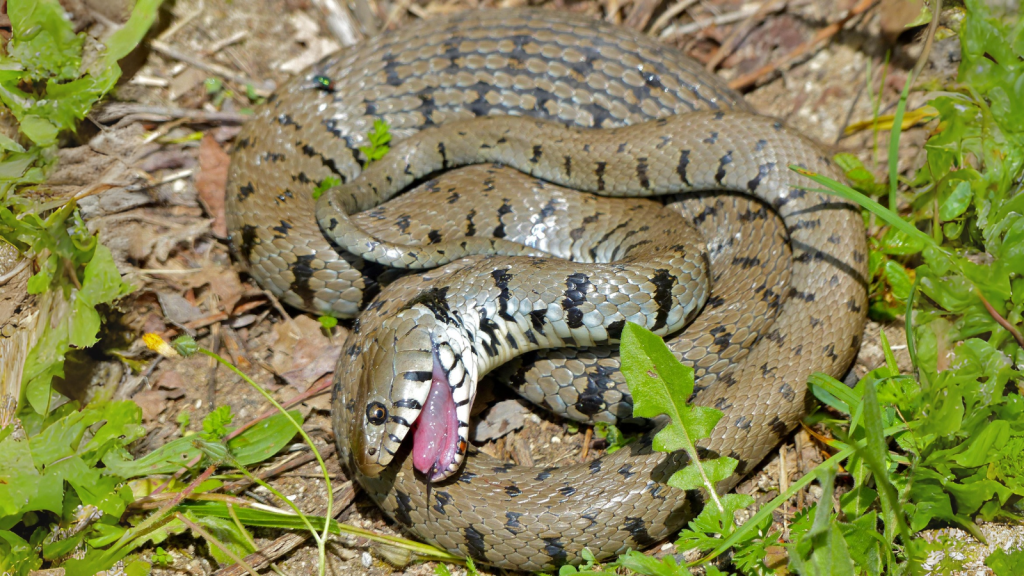
When threatened, grass snakes release a foul-smelling substance from glands near their tail. This pungent odour, often described as garlic-like, helps deter predators. They may also play dead, lying completely still with their mouth open and tongue hanging out. This dramatic display can last for several minutes, convincing potential predators that the snake is no longer a viable meal.
Record-Breaking Reptiles
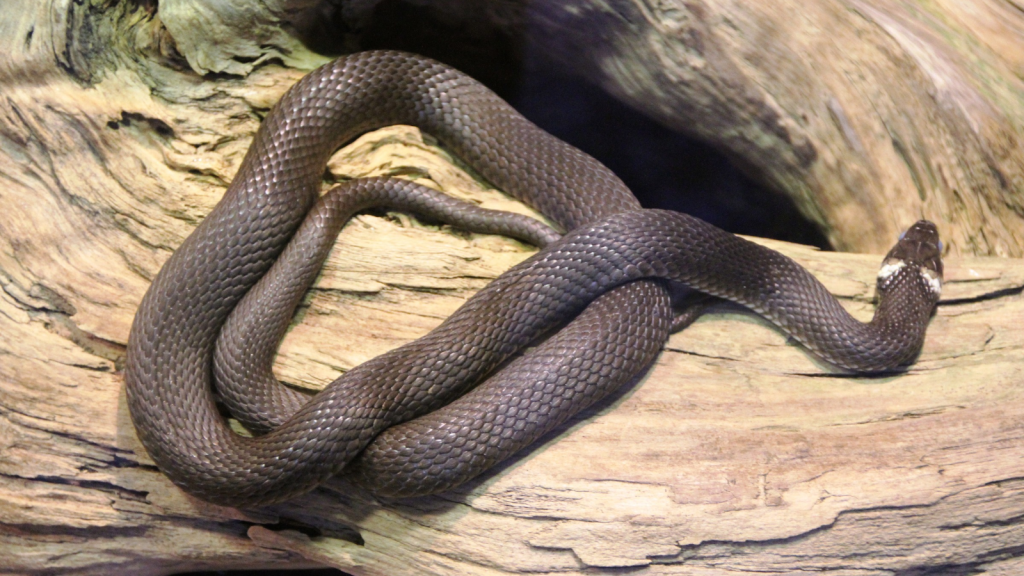
Grass snakes hold the title for the largest snake species in Britain. Females can grow up to 150 cm long, though males are usually smaller. This impressive size makes them stand out among British reptiles. The largest recorded grass snake in the UK was 190 cm long, found in Sussex in 1971.
Egg-Laying Snakes
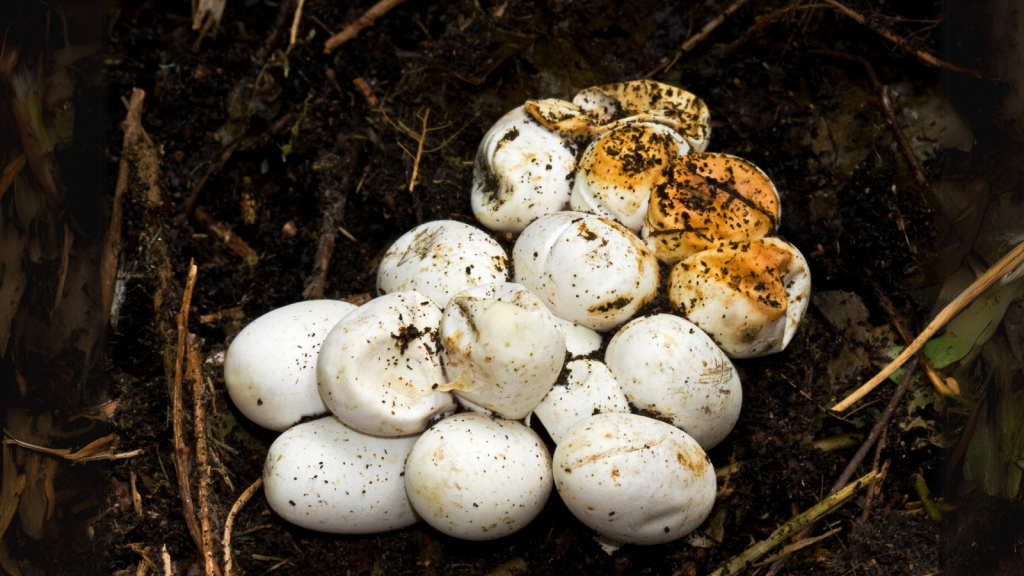
Unlike adders, which give birth to live young, grass snakes lay eggs. A female can lay up to 40 eggs in a single clutch, usually in rotting vegetation or compost heaps. These warm, moist environments act as natural incubators. The eggs typically hatch after 8-10 weeks, with the young snakes emerging fully independent.
Sunbathing Serpents
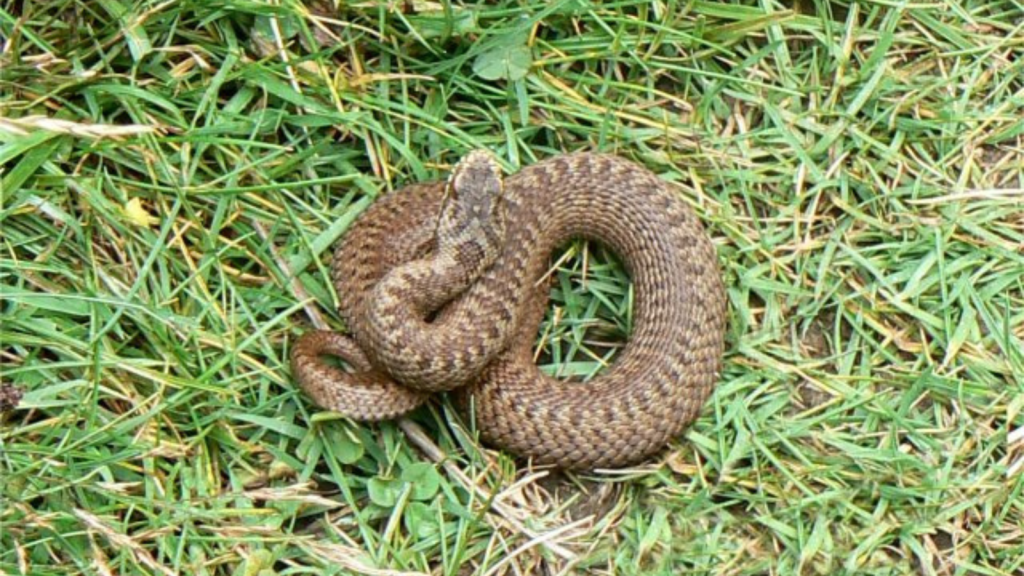
Grass snakes are often seen basking in the sun. This behaviour isn’t just for relaxation – it’s crucial for their survival. As cold-blooded animals, they need external heat sources to regulate their body temperature and digest their food. On cooler days, grass snakes may spend several hours basking to reach their optimal body temperature.
Yearly Skin Shedding
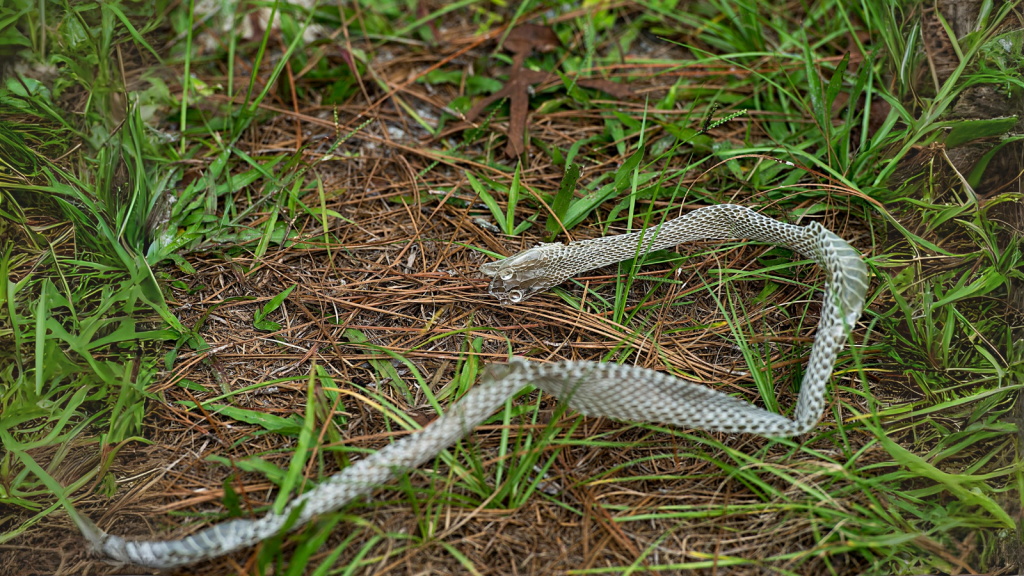
Like all snakes, grass snakes shed their skin as they grow. This process, called ecdysis, happens several times a year. The snake emerges from its old skin with a fresh, vibrant appearance. Just before shedding, a grass snake’s eyes may appear cloudy or blue, a sign that the old skin is about to come off.
Distinctive Collar Marking
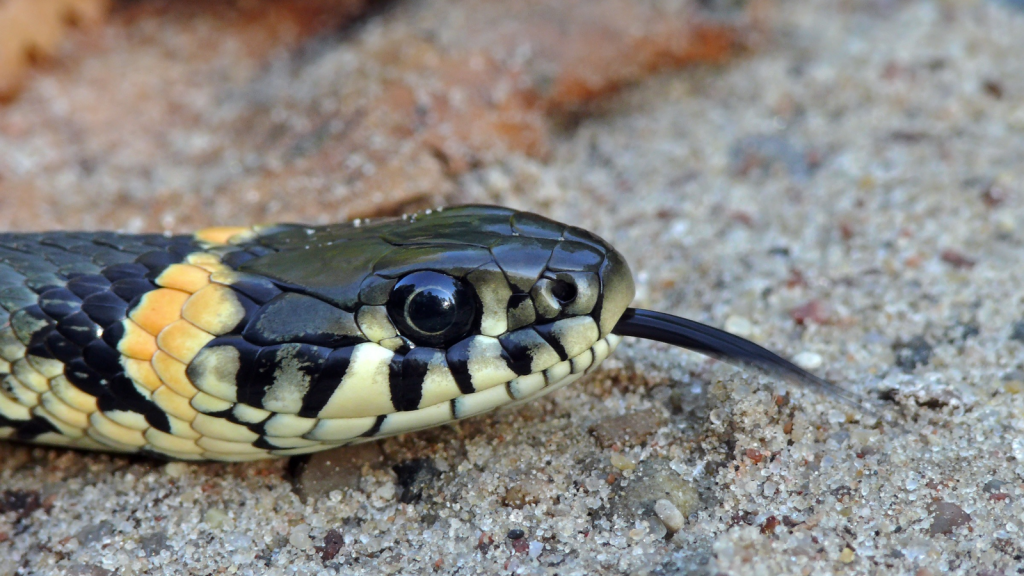
One of the easiest ways to identify a grass snake is by the distinctive yellow and black collar behind its head. This marking is present from birth and remains throughout the snake’s life. It’s a key feature that distinguishes grass snakes from other British snake species. The intensity of the collar colour can vary between individuals, with some snakes having a more prominent marking than others.
Hibernation Habits
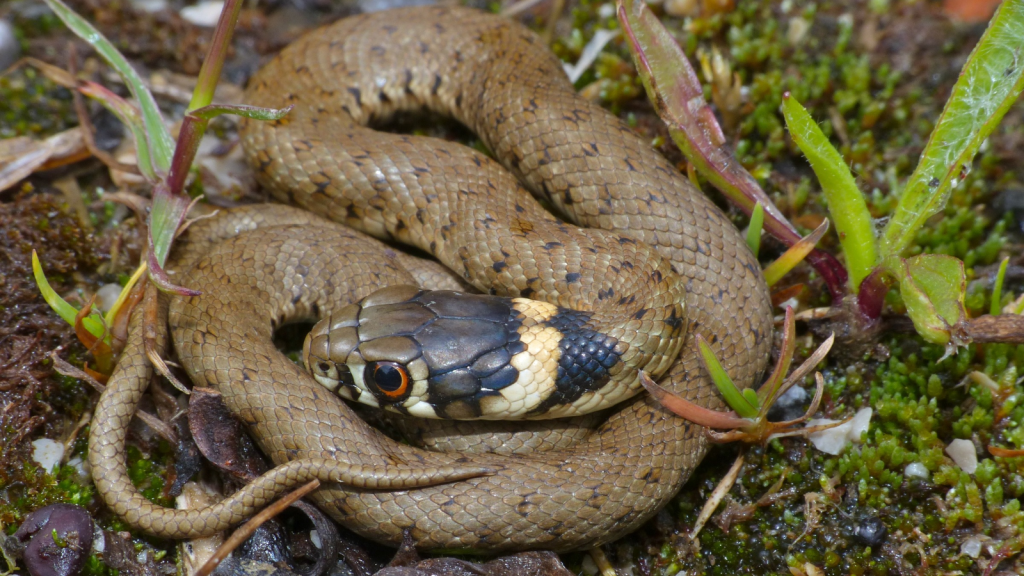
Grass snakes hibernate through the winter months, usually from October to March. They often choose underground burrows, compost heaps, or hollow trees as their winter refuges. During this time, their body functions slow down dramatically to conserve energy. Grass snakes may hibernate individually or in small groups, sometimes sharing their winter quarters with other snake species.
Silent Hunters
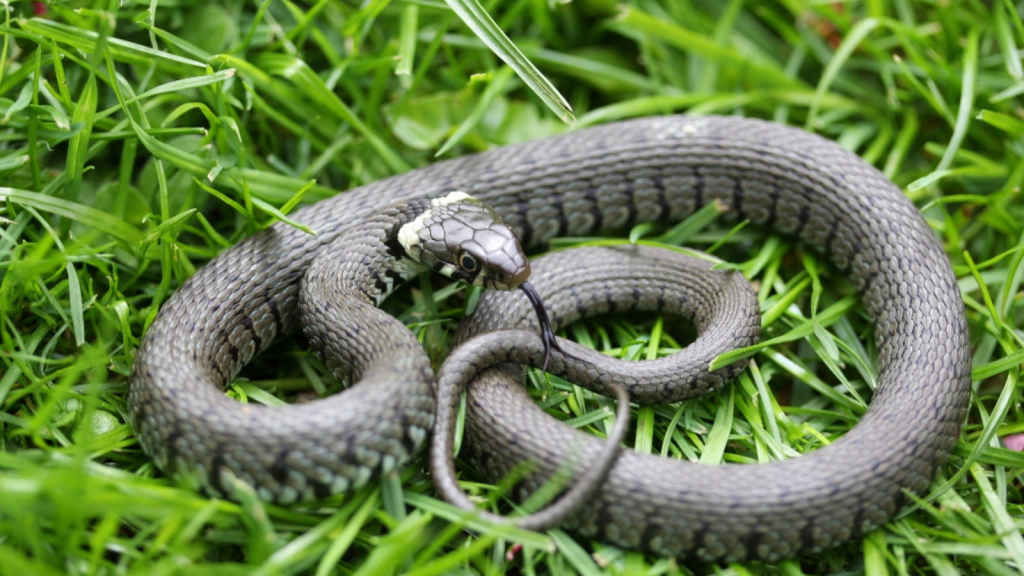
Unlike some snake species, grass snakes don’t have a rattle or make hissing sounds. They hunt silently, relying on their excellent vision and sense of smell to locate prey. Their quiet nature often allows them to go unnoticed in gardens and wetlands. Grass snakes have a unique hunting technique where they grab their prey and swallow it whole, often while still alive.
Impressive Lifespans
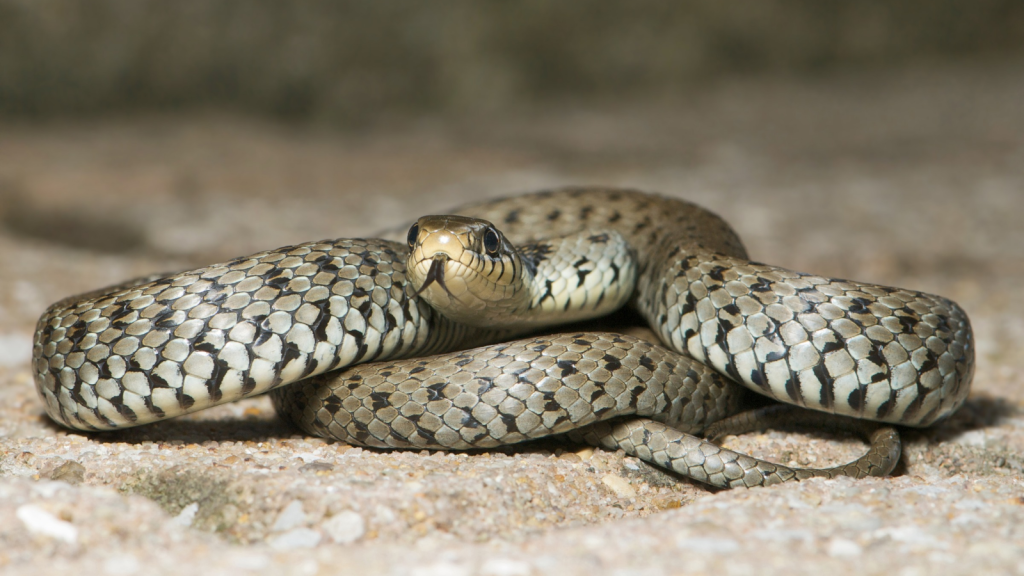
In the wild, grass snakes can live up to 15-25 years. This long lifespan allows them to play a significant role in their ecosystems over many years. However, many don’t reach this age due to predation and habitat loss. In captivity, with proper care and protection from predators, grass snakes have been known to live even longer, sometimes up to 30 years.
Tadpole Terminators
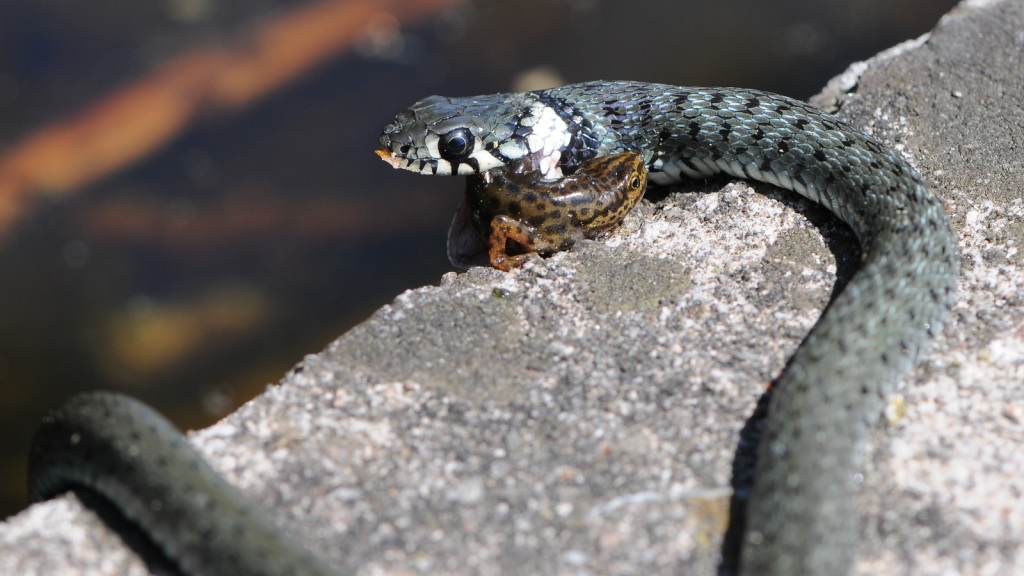
Young grass snakes often feed on tadpoles, making them important regulators of frog and toad populations. As they grow larger, their diet expands to include adult amphibians, fish, and occasionally small mammals. A single grass snake can consume up to 100 tadpoles in one feeding session, significantly impacting local amphibian populations.
Garden-Friendly Guests
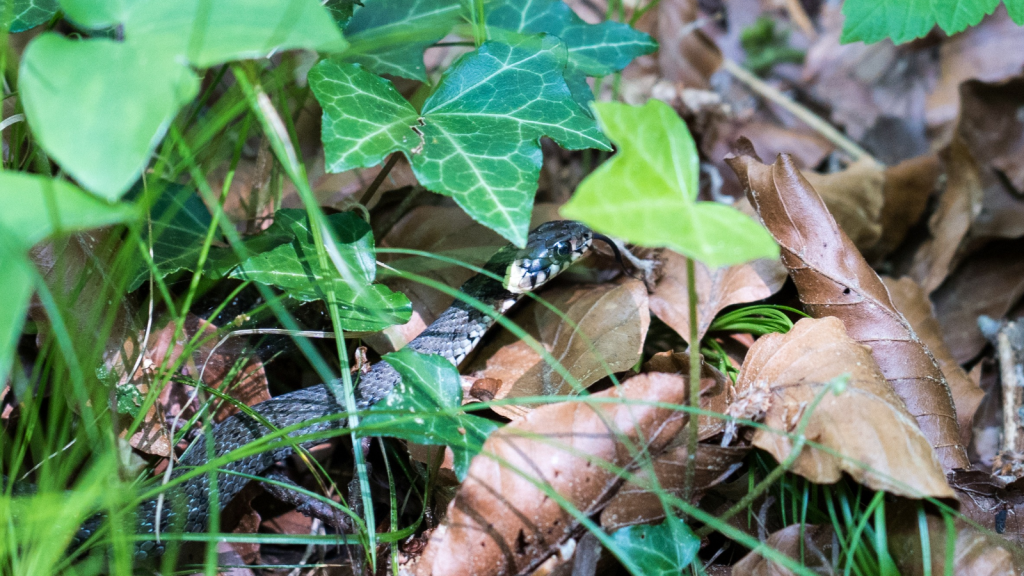
Despite their size, grass snakes can be beneficial guests in gardens. They help control populations of slugs, snails, and rodents. Many gardeners welcome these natural pest controllers, creating suitable habitats to encourage their presence. Leaving piles of compost or vegetation in quiet corners of the garden can provide ideal nesting sites for grass snakes.
Rapid Growers
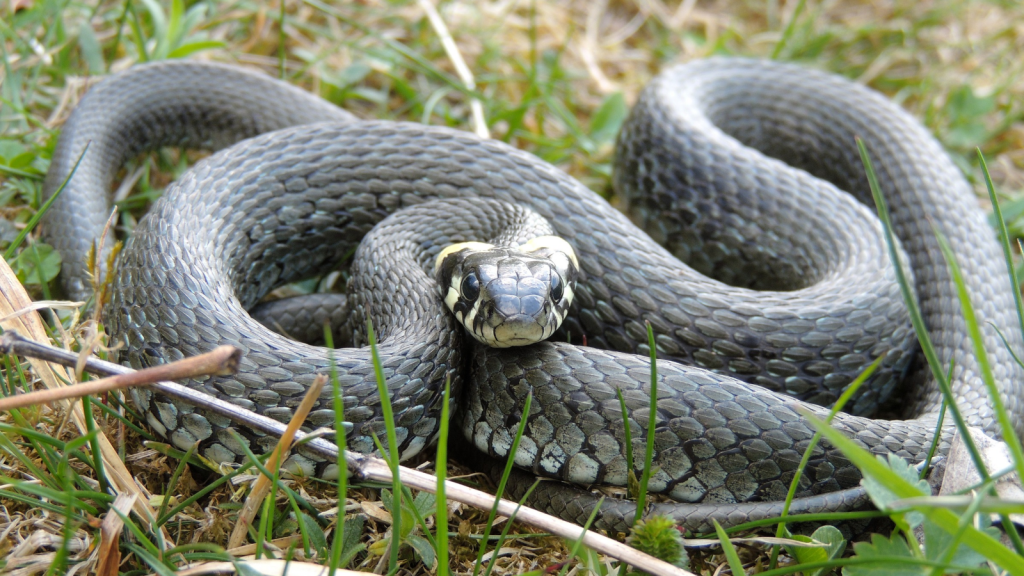
Baby grass snakes grow quickly, doubling their size in the first year of life. This rapid growth helps them avoid predation and expand their prey options. By their second year, they’re usually mature enough to breed. Female grass snakes typically grow larger than males, with the size difference becoming more pronounced as they age.
Protected Species Status
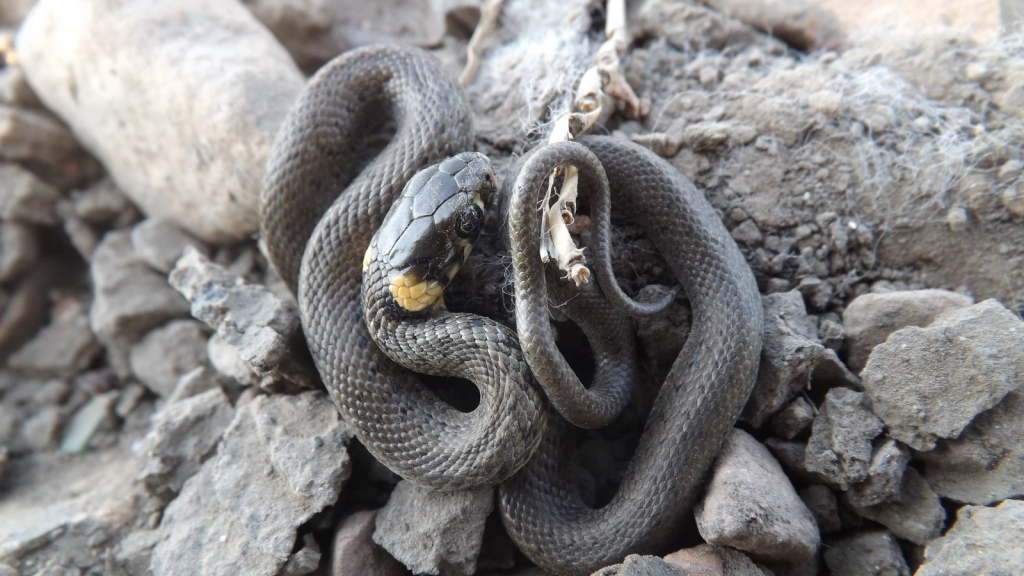
In the UK, grass snakes are protected under the Wildlife and Countryside Act 1981. It’s illegal to kill, harm, or sell them. This protection helps ensure the survival of these fascinating creatures for future generations to appreciate and study. Despite this protection, grass snake populations face challenges from habitat loss and fragmentation, making conservation efforts crucial for their long-term survival.

